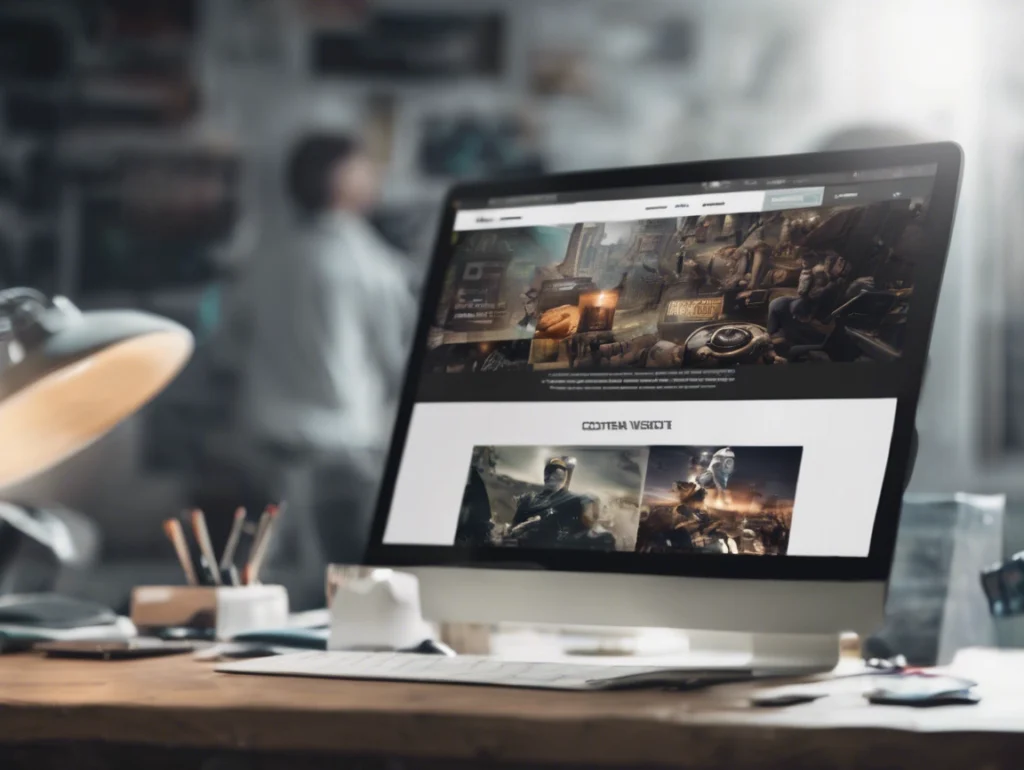Top AI tools revolutionizing web design
The world of web design is constantly evolving, and artificial intelligence (AI) is at the forefront of this transformation. By automating repetitive tasks, generating innovative ideas, and optimizing user experiences, AI tools are empowering web designers to create stunning and effective websites faster than ever before.
Here are some of the best AI tools currently available for web designers:
1. AI website builders
These tools simplify the website creation process by leveraging AI to generate layouts, content, and designs based on user input. They offer intuitive interfaces and beginner-friendly features, making website development accessible to individuals without extensive coding knowledge.
- Wix AI stands out as a leading platform, offering a balance of AI features and a comprehensive website builder. It employs an AI assistant to generate tailored templates based on user responses to guiding questions and includes AI text, image, and video generators, according to Cybernews.
- Hostinger AI Website Builder excels in speed and affordability, allowing users to create a professional website quickly and easily with AI-powered tools such as an AI Writer, AI Logo Maker, and AI Heatmap tool, notes Cybernews.
- Squarespace offers AI-powered features that generate personalized layouts, images, and copy, making website creation simpler, especially for users without much design experience. Its AI Blueprint asks questions about style and business, creating a tailored website in minutes.
- Shopify’s AI features, including Shopify Magic and Shopify Sidekick (in waitlist currently), assist online store owners with content creation, image editing, and expert advice for e-commerce.
2. AI design assistants
These tools streamline the design process by assisting with specific tasks like prototyping, generating UI elements, and optimizing color palettes.
-
transforms hand-drawn sketches or screenshots into editable digital designs and prototypes.
- Framer AI focuses on rapid prototyping and generates customized layouts with interactive elements based on textual descriptions.
- Colormind and Khroma specialize in generating harmonious color palettes based on trends, images, or user preferences, helping designers create visually appealing color schemes.
- Fontjoy assists in choosing aesthetically balanced and readable font pairings, ensuring typographic consistency across digital products.
3. AI for content and image creation
AI tools are proving invaluable for generating engaging content and visuals, streamlining workflows and expanding creative possibilities.
- ChatGPT-4 can assist with a wide range of tasks, including brainstorming, ideation, coding, and content generation.
- Jasper AI is a popular AI writing tool for creating marketing copy, product descriptions, and blog posts.
- Midjourney and Stable Diffusion are powerful AI-based image generators that can create detailed and unique images, graphics, and web interfaces from text prompts, according to clientmanager.io.
4. AI for website optimization and accessibility
AI plays a crucial role in ensuring websites are user-friendly, perform well, and are accessible to everyone.
- Attention Insight uses AI-powered predictive heatmaps to simulate user interactions and optimize layouts and call-to-action placement.
- Optimizely and Google Optimize are AI-driven platforms for A/B testing and personalization, helping optimize websites for better performance and user experience.
- AI accessibility tools like AccessiBe and AudioEye analyze website structure and suggest improvements to meet accessibility standards.
The future is hybrid
AI tools are undoubtedly transforming the web design landscape, but they are not replacing human creativity or expertise. Instead, they act as powerful assistants, automating mundane tasks, providing data-driven insights, and allowing designers to focus on more complex, strategic, and creative aspects of their work. By embracing AI and mastering these innovative tools, web designers can unlock new levels of efficiency, deliver more impactful user experiences, and stay ahead in the rapidly evolving digital world.
